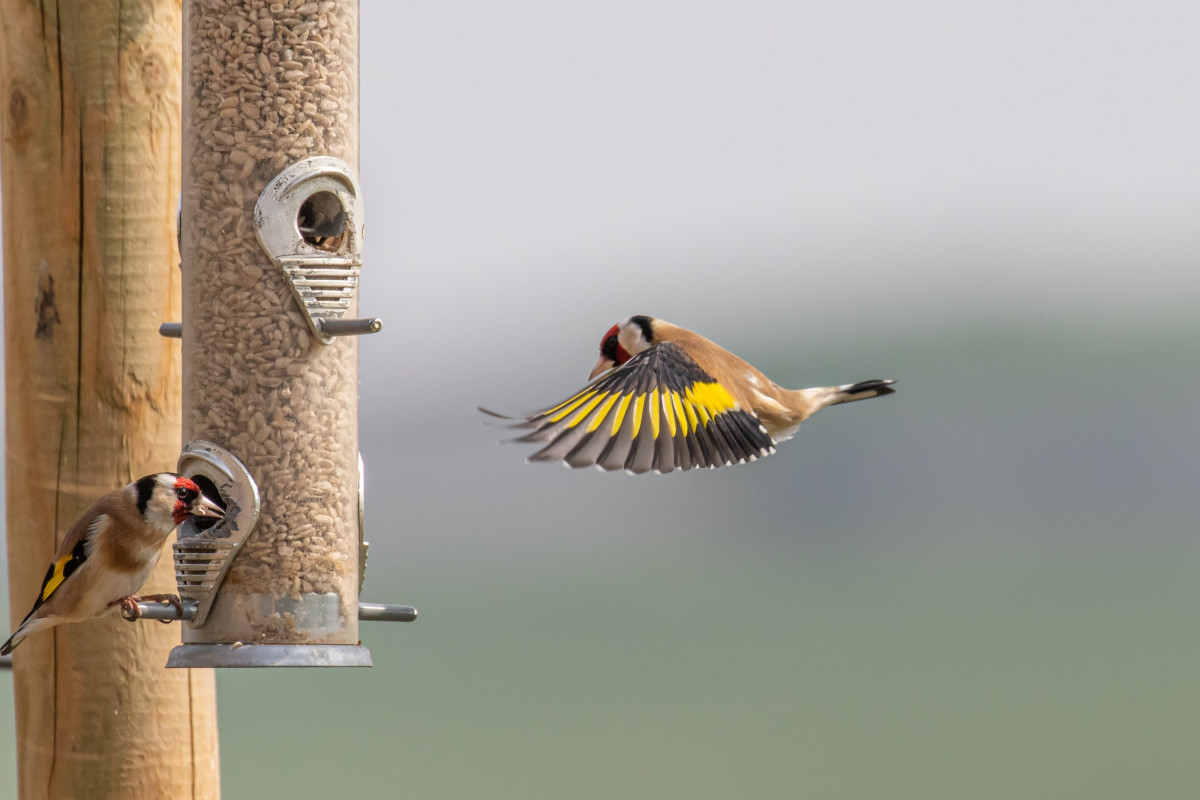
Garden BirdWatch - 25 years of monitoring garden birds
I also record my own garden birds for Garden BirdWatch, of course, and I often think that my bird lists hardly change at all—I record the same 15 or so species in my garden most weeks—so I know it can be hard to visualise how such simple lists can give us meaningful information. However, when I look at the whole GBW dataset, it’s fascinating to see the larger-scale patterns emerge. Week by week the percentage of gardens in which different species are recorded will shift slightly up and down, and over the course of a year we can see how birds of different species flow into and out of gardens as their circumstances change; when they are breeding, migrating, or trying to survive the winter.

It’s so interesting to look at these broad-scale patterns and try to work out what might be causing the changes: a sudden drop in numbers of Wrens compared to normal might be due to a hard winter; a long term increase in Goldfinches can probably be explained as due to changing bird feeding practices. Every time I look at the database it’s clear that it’s an incredibly valuable resource to answer questions about garden birds, and we are all really excited to have reached a milestone of 25 years of GBW data.
Having a garden that is rich in birds and other wildlife isn’t just good for the wildlife, it’s good for us too.
Why do we want to know about garden birds?
In rural areas, gardens form pockets of a different kind of habitat, often with a more diverse structure than farmland, and a source of supplementary food for birds in the form of bird feeders. In urban areas, gardens are one of the main forms of green space, and have been estimated to take up around a quarter of the land area of our cities and towns. In both contexts gardens are clearly important as a habitat for wildlife, at least for the more adaptable and less specialised species that are able to take advantage of them. However, many gardens are not managed optimally for wildlife, either because the owners have other priorities for their gardens, or because we don’t yet know what are the most effective actions for us to take. Having a garden that is rich in birds and other wildlife isn’t just good for the wildlife, it’s good for us too, since being in close contact with natural environments improves our wellbeing and even physical health.

What can GBW tell us?
The information captured in the GBW dataset can help us understand how we can provide for wildlife in an increasingly urban landscape. For each of the nine million lists that we hold, we know the location of the garden, whether it was urban or rural, what food was put out that week, the garden features, and we can work out what the weather conditions were when each list was made. We can use this information to explain the ups, downs and fluctuations that we see when looking at the data. This knowledge helps me understand my own garden better, as now whenever I watch my garden birds I think in terms of resources; what they are getting in my garden that they can’t get elsewhere, or—if I’m not seeing many—what they are getting elsewhere that means they don't need to come to my feeders?
One of the topics that we think is most significant, and we have been concentrating on in recent years, is the effect of the increasing amounts of bird food in gardens, both positive and negative. Work led by my colleague Dr Kate Plummer has shown not only that the amount of bird food we put out has increased over the past forty years, but that this has led to a wider variety of species taking advantage of garden bird feeders. There are still questions to answer about what that means for bird populations away from gardens, but Dr Plummer has used GBW data to show that bird food in gardens, alongside warmer winters, has been a driving factor in Blackcaps evolving a new migration route. It’s amazing to think that all of us feeding our garden birds has caused such a fundamental change in a wild species.
Taking the long view
Reaching this 25 year milestone gives us an opportunity to compare today’s garden bird lists with what people were seeing in their gardens back when GBW started, highlighting the changes that might prompt further study. One of the biggest changes we have seen is the rise of the colourful, recognisable Goldfinches: they were only the 20th most commonly recorded bird back in 1995, but their numbers have been increasing dramatically, and they are now the eighth most commonly recorded species. I know from talking to friends, family and interested garden birdwatchers that the appearance of the first Goldfinches on the bird feeders causes a lot of excitement! We think it’s likely that their increase is due to changing garden feeding practices, initially the increase in niger seed, and later sunflower hearts, in an example of the kind of major impact that bird feeding is having on our wildlife.

This quarter century review also emphasises a less positive story: the decline in Greenfinches, which we have been tracking since the outbreak of the disease finch trichomonosis in 2005 caused a downturn in their numbers. Greenfinch reporting rates have decreased from around 80% of gardens (in their peak of March/April) to only around 40% of gardens at their peak in recent years, and this has led to our increased emphasis on the importance of hygiene and awareness of disease when feeding garden birds. Looking at the data coming in to GBW also reveals that Chaffinch numbers in gardens have also started to decline; over the past eight years Chaffinches have gone from being seen in around 80% of GBW gardens (during their peak months of February/March) to only around 60%. We don’t know whether finch trichomonosis is also causing the decline in Chaffinches, but we intend to start investigating the patterns found in our BTO datasets to find out.
One of the more mysterious changes that stands out when we look back over 25 years of GBW data is the decline in Song Thrushes. I’ve never seen a Song Thrush in my own garden and I’d be quite excited if I saw one, so it was surprising to me to see that back in February 1996 Song Thrushes were recorded in over half of GBW gardens. Since then, GBW records show that their numbers in gardens have been gradually declining.In 2020 they were only recorded in under 15% of gardens in January, their peak month, and they were actually down to a low of just 3% of gardens in September 2019. Though I don’t see Song Thrushes in my garden, they are still fairly common and I am used to hearing them in the countryside. This is supported by wider BTO monitoring data; while Song Thrush populations declined severely in the 1960s and 70s, numbers have remained stable for the past 25 years, or even slightly increased. It therefore appears that the lack of Song Thrushes in gardens isn’t reflecting an overall population decline, and is presumably because gardens have become less favourable habitats since the 1990s. We don’t know, yet, why this is or exactly what we can do to provide what Song Thrushes need in gardens, but this is a pattern that we never would have even seen without a specific garden-based survey.
We are incredibly grateful to all the (at least) 56,000 Garden BirdWatchers who have sent us their garden bird lists over the last 25 years, as well as recording other non-bird wildlife, and providing the national surveillance for wildlife disease that is organised through the partnership between GBW and Garden Wildlife Health. GBW doesn’t just gather together interesting records; it helps us understand how we can provide suitable habitat for birds and garden wildlife nationally, and it helps us individually learn more about the habits and needs of the wildlife visiting our gardens. If you’ve been watching the birds in your garden, how has your garden bird community changed between seasons, and even years?
Take part in Garden BirdWatch for free
By taking part in Garden BirdWatch, you can stay connected to nature, learn about your garden wildlife and contribute to important scientific research without leaving your home.
Find out how you can take partMore about changes in garden bird numbers
Read more detail about the changes in our common garden birds we have seen over 25 years of Garden BirdWatch, as well as some staggering statistics about the scale of the data set Garden BirdWatchers have collected.
Article originally published in issue 101 of Bird Table magazine for Garden BirdWatchers.


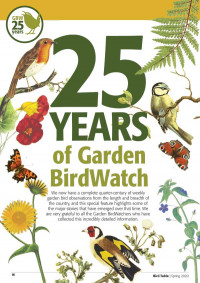
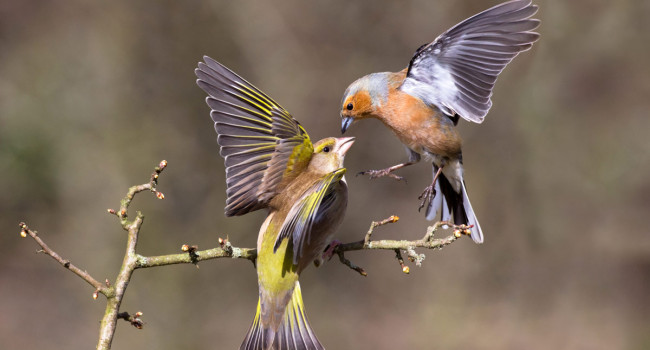
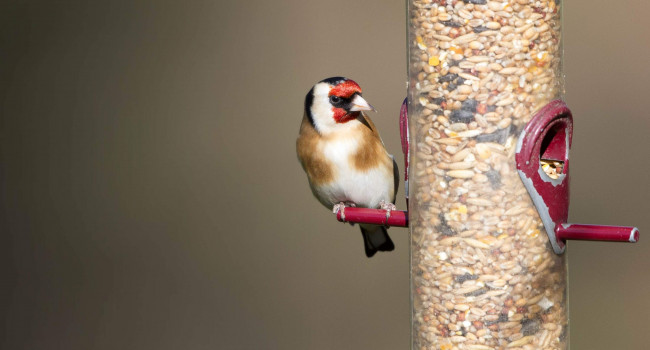
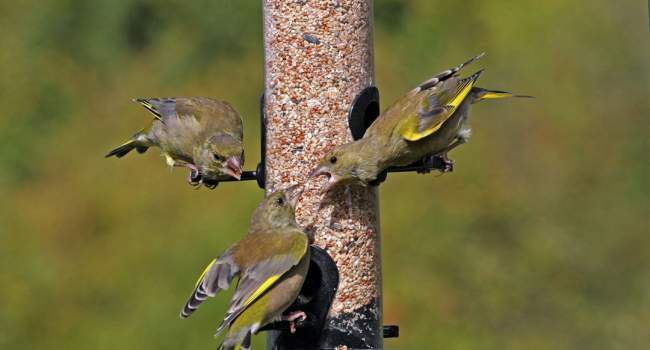

Share this page